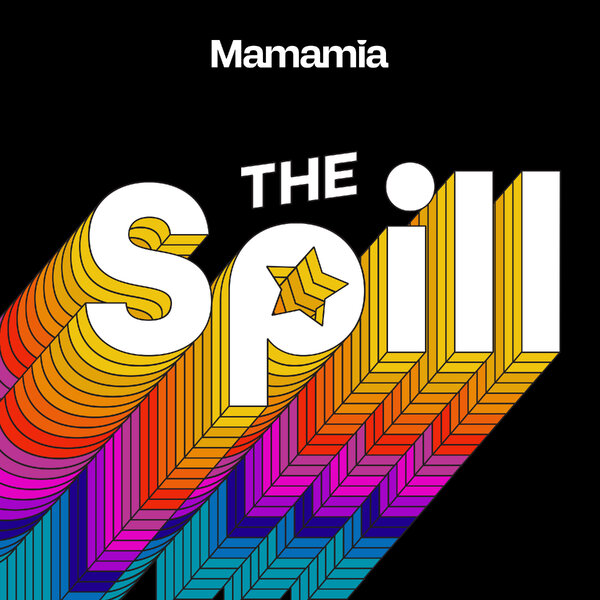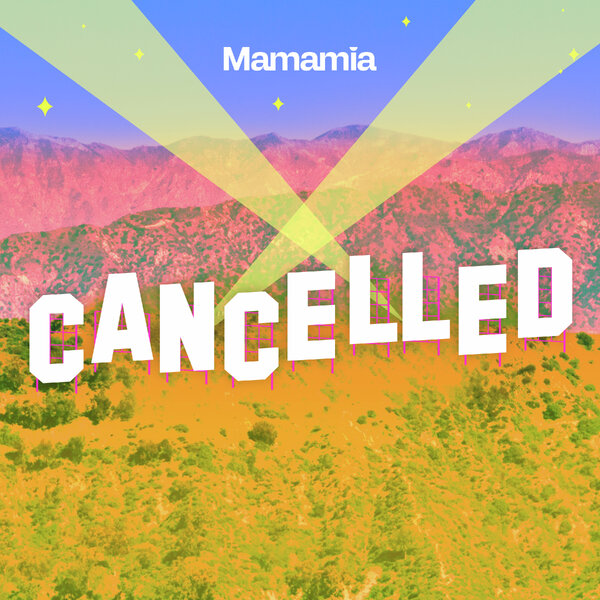
Welcome to the cheerocracy era — another cheerleading documentary has captivated the world.
No, we're not talking about Cheer, this time it's a new docuseries about the most revered cheerleading team in the world, America's Sweethearts: Dallas Cowboys Cheerleaders.
The Texan team is known as the most prestigious team in cheerleading since rising to icon status in the 1970s. To this day, DCC remains the most coveted team to join and a new Netflix season offers a glimpse into the high-pressured team tryouts: charting the audition and boot camp process, the surprisingly low salaries for successful candidates and how much physical appearance impacts who is chosen to make the final 36-strong squad.
Watch the trailer for America's Sweethearts: Dallas Cowboys Cheerleaders. Post continues after video.
The series has skyrocketed to number one on Netflix and it got us thinking about our Australian counterparts: the cheerleader squads for the NRL league and how the women's experiences compared.
We spoke to retired Australian cheerleader Tanya*, who started cheering in 2014, before joining another team a few years later, staying with them and performing for stadiums all the way until 2019.
She told us that like the DCC cheerleaders, they didn't earn much. In the Netflix documentary, one former cheerleader revealed they made the same as a fast food worker.



Top Comments